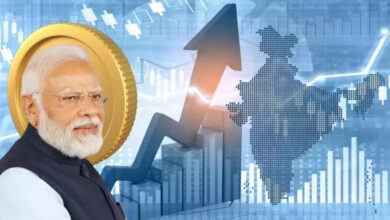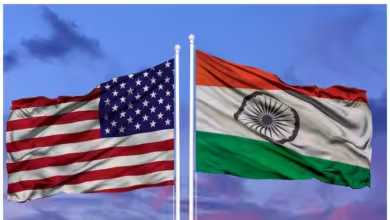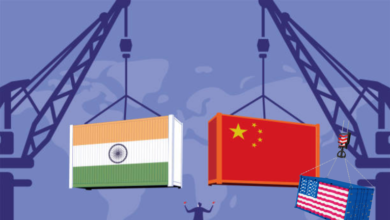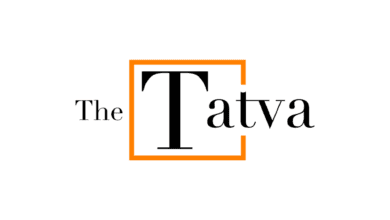India to become world’s 3rd largest consumer market by 2027 : Report
Rapid rise in middle and high-income households to propel India to 3rd spot by 2027, behind only USA and China as per BMI Research report.
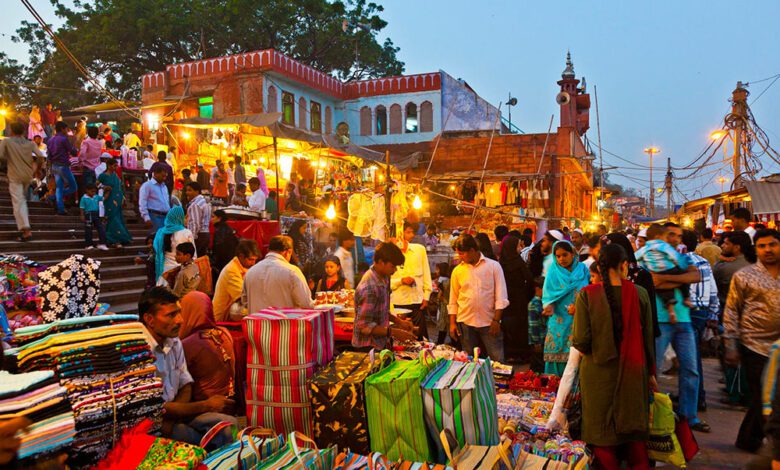
India’s consumer market is projected to become the world’s third-largest by 2027, just behind the U.S. and China, according to a new report by BMI Research. Currently ranked fifth globally, India will overtake countries like Germany and Japan.
The growth is attributed to the rapid rise in the number of middle and high-income households in the country. India’s household spending per capita is expected to increase at 7.8% year-on-year, outpacing other developing Asian economies.
Ongoing urbanization and easier access to consumers through physical retail stores opening in cities also facilitate growth. By 2027, BMI estimates India’s total household spending will exceed $3 trillion as real household spending sees a 29% increase.
Wealth Concentrated in Urban Centers on India’s Consumer market growth
The report predicts disposable income in India will rise by a compounded 14.6% annually until 2027. Around 25.8% of Indian households are projected to have an annual disposable income of $10,000 by 2027. However, most of these wealthy households will be concentrated in major economic centers like New Delhi, Mumbai and Bengaluru.
With higher disposable incomes clustered in urban areas, these will be the primary targets for retailers looking to capitalize on India’s consumer market growth. This is evidenced by tech giants like Apple and Samsung recently opening or announcing retail stores in cities like Delhi, Mumbai and Chennai.

Young Population to Drive Spending
India’s large youth population, which makes up around 33% of the total populace, is expected to be a key driver of consumer spending. This group aged between 20 and 33 years old will likely spend significantly on categories like electronics.
Communications spending is predicted to see an 11.1% annual growth rate, reaching $76.2 billion by 2027, propelled by the upwardly mobile urban middle class.
Concerns Remain on Income Inequality
While the predictions point to an exponential increase in middle and high-income households, India continues to grapple with income inequality. There are concerns that the affluent witnessing a sharp wealth creation while others remain stuck in lower income brackets. Policy measures aimed at uplifting lower income groups and ensuring benefits of economic growth reach all sections will be vital for an inclusive consumer market expansion.
Please, also have a look into : India set to enter JP Morgan’s emerging market debt index, allowing billions in inflows
